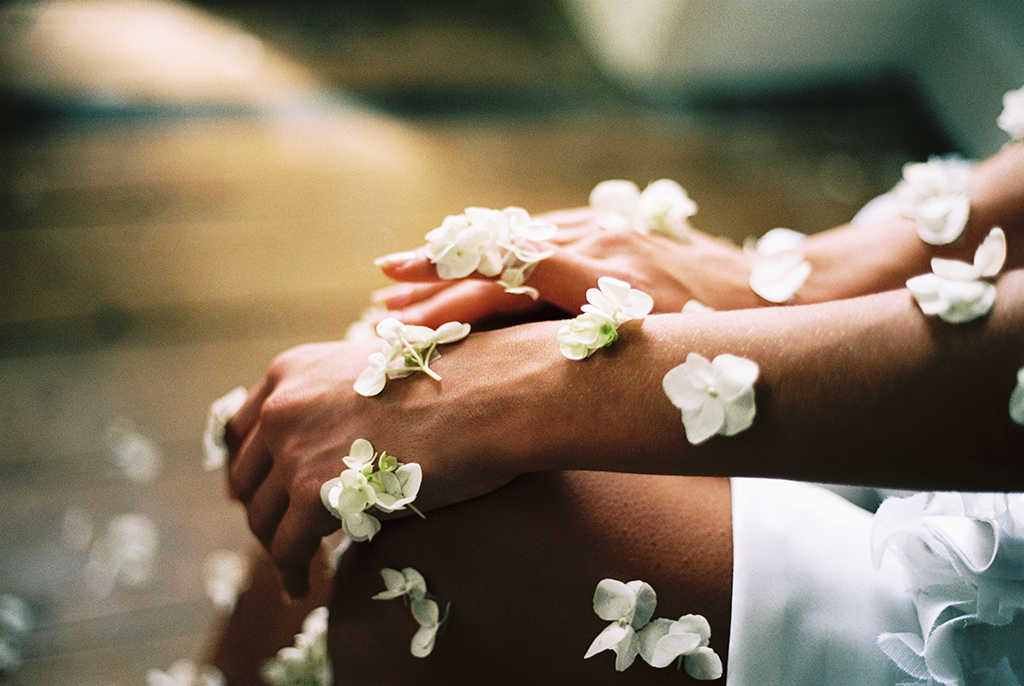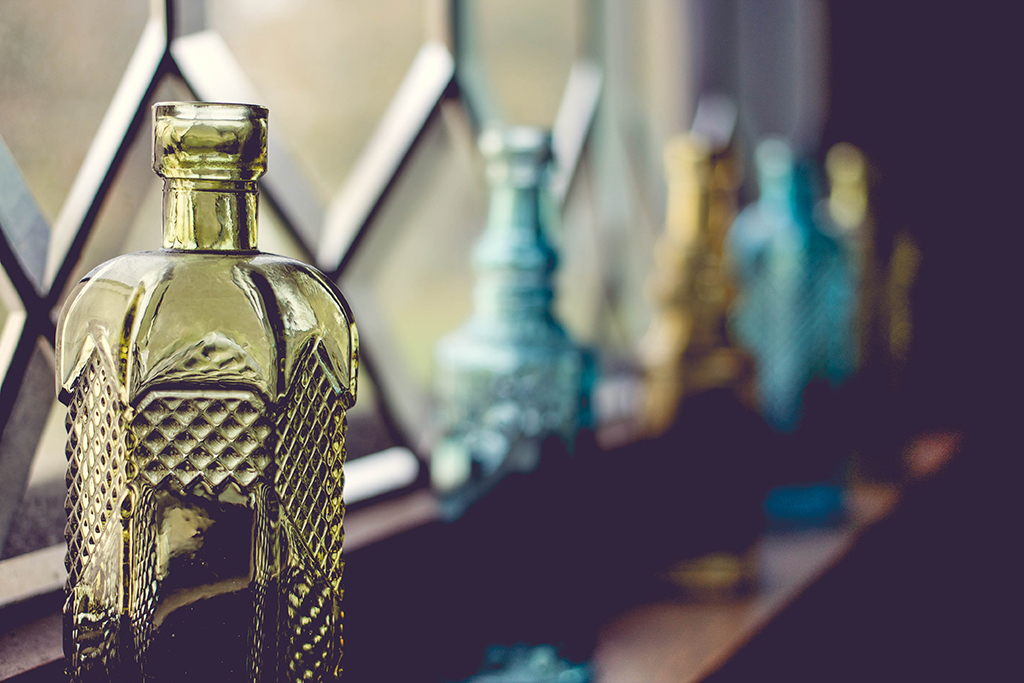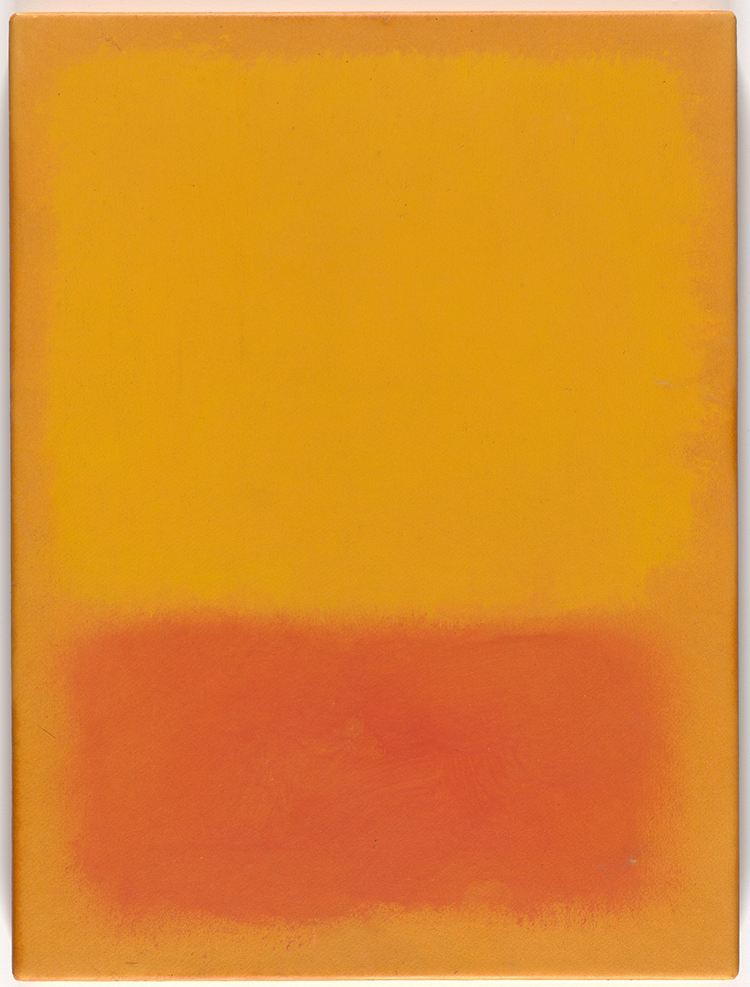

The impact of colours on our senses and body has been studied for centuries. Apparently, they have the power to uplift our mood, disturb us, calm us, inspire us and even heal us. Today Chromotherapy or Colour Therapy believes that colours can help us attain physical and mental balance, and aid our overall wellbeing

Chromotherapy or Colour Therapy is a form of therapy that uses colour to balance a person’s emotional, mental and physical energy. Each colour has a certain frequency and vibration which, according to Chromotherapists, gives that colour certain healing properties which have the power to impact the energy and frequency of our mind and body.
Colour is the result of a combination of light and energy. It is what our eyes see when light is reflected off an object. There are multiple wavelengths of light but the ones visible to us fall between 390 to 750 nanometre range which is the visible spectrum. It is this visible spectrum that gives us our seven basic or spectral colours – Violet, Indigo, Blue, Green, Yellow, Orange and Red (VIBGYOR). The rest of the colours that the human mind can perceive and distinguish, such as Lavender, Pink and Brown, are made from a mix of wavelengths instead of a single wavelength which is why they are not included in the list of spectral colours.
The impact of colour on our wellbeing has been discussed as far back as 2000 BCE. In Ayurveda, Chromotherapy is predated by Surya Chikitsa which literally translates into ‘Sun Therapy’. The Vedics believed that the Sun is the life-giving source for the Prana (vital energy) in our body and each sunbeam is a combination of the seven basic colours, what we now call white light. When we expose our body to these sunbeams, our body imbibes the properties that it lacks in its attempt to reach and maintain a physical and mental balance. This in turn helps treat ailments. For example, it is believed that Red helps improve blood circulation, Yellow aids digestion, Blue has a soothing impact on the mind and body, etc.
In Egyptian mythology it is believed that the deity Thoth, who is known as Hermes Trismegistus in Latin, discovered the art of healing through colours. As the Hermetic tradition – based on the writings attributed to Thoth – developed in Egypt and Greece, different colours were obtained from stones, minerals, crystals, etc., and used for healing purposes. Helen Graham in her book Discover Color Therapy, explains, “Interest in the physical nature of color developed in Ancient Greece alongside the concept of the elements — air, fire, water, and earth. These fundamental constituents of the universe were associated with the qualities of coldness, heat, wetness and dryness, and also with four humors or bodily fluids — choler or yellow bile, blood (red), phlegm (white), and melancholy or black bile. These were thought to arise in four organs — the spleen, heart, liver, and brain — and to determine emotional and physical disposition. Health involved the proper balance of these humors, and disease would result if their mixture was in an unbalanced proportion. Color was intrinsic to healing, which involved restoring the balance. Colored garments, oils, plasters, ointments, and salves were used to treat disease.”

Perhaps the easiest way of using colour therapy in our lives is through solarised water technique. Studies have found that when water is stored in a glass container of a particular colour and placed in the sun, it absorbs the properties of that colour.
Mark Rothko, Untitled (1968) © 2019 Kate Rothko Prizel & Christopher Rothko/Much later, Ibn Sina, also known as Avicenna, a Persian thinker, writer and physician (c. 980 – 1037) said, “Colour is an observable symptom of disease,” in his book The Canon of Medicine. In 1876, Augustus Pleasonton wrote about how the colour blue can impact crops, livestock and even the human body in his book The Influence of The Blue Ray of The Sunlight and of The Blue Colour of The Sky. But perhaps one of the most important works on chromotherapy is The Spectro-Chromemetry Encyclopedia by Dinshah P. Ghadiali, an Indian-born American, who discusses the theory that for every organ in the body, there is a colour that stimulates its growth and another that inhibits its growth. These organs, he said, were similar to the chakras (energy centers) of the body described by the Vedics. Later, building on Ghadiali’s work, Charles Klotsche assigned one specific colour to each of the seven chakras of our body. So, Red is the colour of the Root Chakra, Orange is the colour of the Sacral Chakra, Yellow is the colour of the Solar Plexus Chakra, Green is the colour of the Heart Chakra, Blue is the colour of the Throat Chakra, Indigo is the colour of the Third Eye Chakra and Violet is the colour of the Crown Chakra.
The practitioners of Chromotherapy, however, are not the only ones who have studied the impact of colours on our wellbeing. Several artists have also explored the correlation between seeing a specific colour and its impact on our mind and body. Wassily Kadinsky, considered a pioneer of abstract art, was one of the first modern artists to claim that colours had an impact on mood in his book, Concerning the Spiritual in Art. According to Kadinsky, warm colours such as Red, Yellow and Orange were lively colours but could also be harsh and disturb the mind whereas cool colours such as Blue, Green and Purple were soothing in nature. Kadinsky loved the colour Blue in particular and wrote in his book, “The inclination of blue to depth is so strong that its inner appeal is stronger when its shade is deeper. Blue is the typical heavenly colour.” Mark Rothko, an abstract expressionist, became famous for using only solid colours in his paintings and this led to the development of Colour Field Painting. According to Rothko his use of colours, minus any landscape or human figure, added a “breath of life” that he felt was missing from most paintings of the time.
Scientists and researchers are currently exploring the benefits of colour to treat illnesses. Blue light has been successful in treating neo-natal jaundice. Another study revealed that participants exposed to Blue light for upto 15 minutes experienced pain relief. In Photodynamic Theory (PDT), a new technique, it has been found that Red light has a longer wavelength which allows it to seep into the body tissues more deeply in comparison with other colours. This allows Red light to activate intravenously injected photosensitive chemicals that can destroy cancer cells. Other studies have proved that Pink has a calming effect and suppresses aggression. In 1993, British Medical Research Council confirmed Helen Irlen’s claims that colour-tinted spectacles can help people treat learning disabilities such as dyslexia.
Perhaps the easiest way of using colour therapy in our lives is through solarised water technique. Studies have found that when water is stored in a glass container of a particular colour and placed in the sun, it absorbs the properties of that colour. For example, drinking water from a Blue coloured bottle which has been allowed to sit in the sunlight can help calm the mind and aid restful sleep; drinking water from a Red coloured bottle can uplift mood; drinking water from a Yellow coloured bottle can improve our digestive fire and also aid weight loss, etc.
The therapeutic impact of colours is fascinating, and their importance is still being studied. However, colours have always had the power to inspire, excite, calm and balance us. Exposing our mind and body to different colours, depending on the imbalances in our life, can help heal our emotional and physical state of being and enhance our overall wellbeing.